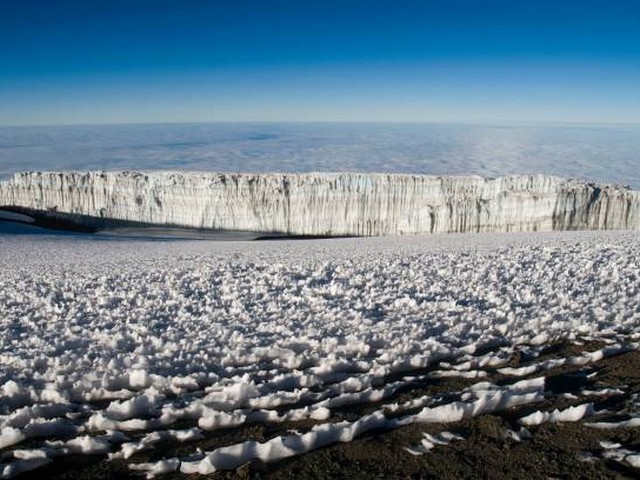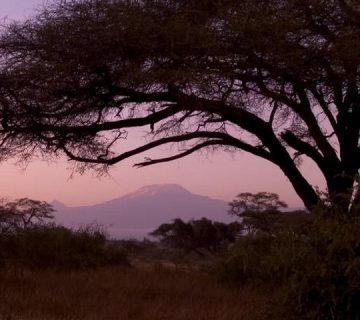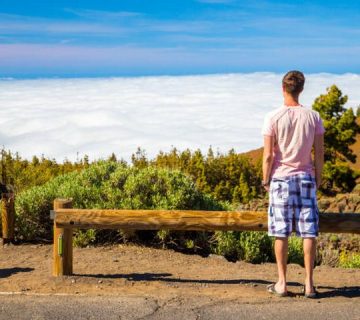Conquering Kilimanjaro: The Ultimate Guide to Lightweight Trekking Gear
Ascending the majestic slopes of Mount Kilimanjaro is an adventure of a lifetime. The allure of reaching the highest peak in Africa draws thousands of trekkers each year, each eager to stand atop the "Roof of Africa" and gaze out over the vast beauty of the Tanzanian landscape. At Kilimanjaro Centre for Trekking and Ecotourism (KCTE), we understand that the key to a successful and enjoyable climb is preparation—particularly when it comes to selecting the right trekking gear. That’s why today, we’re diving deep into the essentials of lightweight trekking gear for Kilimanjaro.
Why Lightweight Gear Matters on Kilimanjaro
The Importance of Going Light
Trekking up Kilimanjaro is no ordinary hike. Spanning several climate zones and covering about 70 kilometers from base to peak, the journey challenges both the body and mind. Heavy equipment can quickly become a burden, turning an exhilarating climb into a grueling ordeal. That’s where lightweight trekking gear comes into play. By minimizing your load, you conserve energy, move faster, and reduce the risk of injury, enhancing your overall mountain experience.
Selecting Your Lightweight Kilimanjaro Kit
Start with the Basics: Clothing
Layering is crucial on Kilimanjaro due to the varying temperatures. Opt for:
- Base layers: These should be moisture-wicking materials like Merino wool or synthetic fibers that keep you dry and warm.
- Insulation layers: A lightweight down or Primaloft jacket offers excellent warmth-to-weight ratio.
- Outer shell: Look for a breathable yet waterproof jacket and pants to protect against wind and precipitation.
Footwear: Lightweight and Comfortable
A good pair of hiking boots is indispensable. Choose boots that are supportive, waterproof, and broken-in to prevent blisters. Complement these with moisture-wicking, lightweight hiking socks to keep your feet dry and happy.
Backpack: Your Kilimanjaro Companion
A durable, lightweight backpack with a capacity of around 40-50 liters is ideal. Ensure it has comfortable straps and a good weight distribution system to ease the load on your back.
Tech and Tools: Lightening the Load Further
Trekking Poles: Your Pathway Pilots
Lightweight, adjustable trekking poles can significantly reduce the load on your knees and improve balance on uneven terrain.
Sleeping Gear: Restful Nights Under the Stars
Invest in a lightweight, insulated sleeping bag rated for temperatures as low as -10 degrees Celsius. A compact, inflatable sleeping pad also adds comfort without much weight.
Technology: Keep it Light and Practical
Consider lightweight solar chargers and LED headlamps which are energy efficient and reduce the need for extra batteries.
Personal Items and Accessories: The Lighter, the Better
Sunglasses and Sunscreen: Protect Against the Equatorial Sun
High UV protection sunglasses and broad-spectrum sunscreen are lightweight but essential items to protect you from the sun’s harsh rays.
First Aid and Hygiene: Compact but Complete
A small, well-stocked first aid kit is essential. Include medications, plasters, and antiseptics. Biodegradable wet wipes and a small tube of toothpaste keep you fresh with minimal weight.
Nutrition and Hydration: Fueling Your Ascent
Hydration Systems: Vital and Value-Weight
Dehydration is a real risk. A hydration bladder or lightweight water bottles that can carry up to 3 liters of water are essential. Water purification tablets or a lightweight water filter ensure you always have access to potable water.
Nutrition: Energy without Excess Weight
Pack high-energy, lightweight snacks like nuts, dried fruits, and energy bars. They provide quick calories without weighing down your pack.
Frequently Asked Questions about Lightweight Trekking Gear for Kilimanjaro
Q1: How much should my total pack weigh?
A: Ideally, your packed backpack should not exceed 10% of your body weight, though this can vary slightly based on individual strength and endurance.
Q2: Can I rent some of this gear in Tanzania?
A: Absolutely! KCTE offers a range of high-quality, lightweight trekking gear for rental. This not only ensures you have the right equipment but also reduces your luggage weight for international travel.
Q3: What is the one item I should not skimp on for my Kilimanjaro trek?
A: Do not compromise on your footwear. Durable, comfortable boots are crucial for a successful trek.
Q4: Are there any special lightweight items for women trekkers?
A: Yes, there are gear and clothing options specifically designed for women, which offer better fit and support, enhancing comfort and efficiency on the climb.
Ready for the Roof of Africa?
Embarking on a trek up Kilimanjaro is an exhilarating challenge that requires careful preparation. By choosing the right lightweight trekking gear, you set yourself up for success, making your adventure enjoyable and memorable. Remember, every gram counts when you’re climbing to 5,895 meters!
At Kilimanjaro Centre for Trekking and Ecotourism (KCTE), we’re committed to making your Kilimanjaro experience as fulfilling and remarkable as possible. With expert guides, top-notch equipment, and comprehensive support, we invite you to book your climb with us and discover why KCTE is the leading choice for trekkers worldwide.
Are you ready to conquer Kilimanjaro? Reach out today and let’s start planning your adventure with the best in the business!




